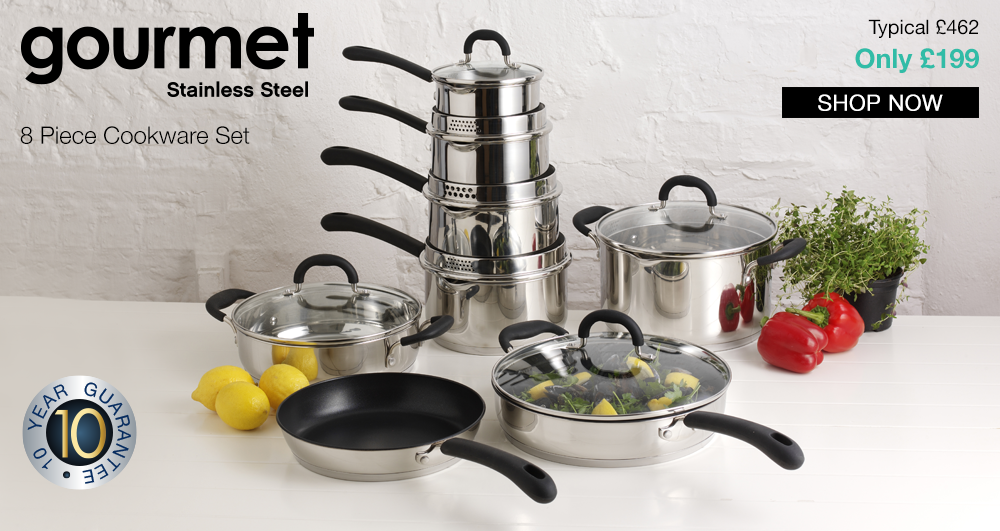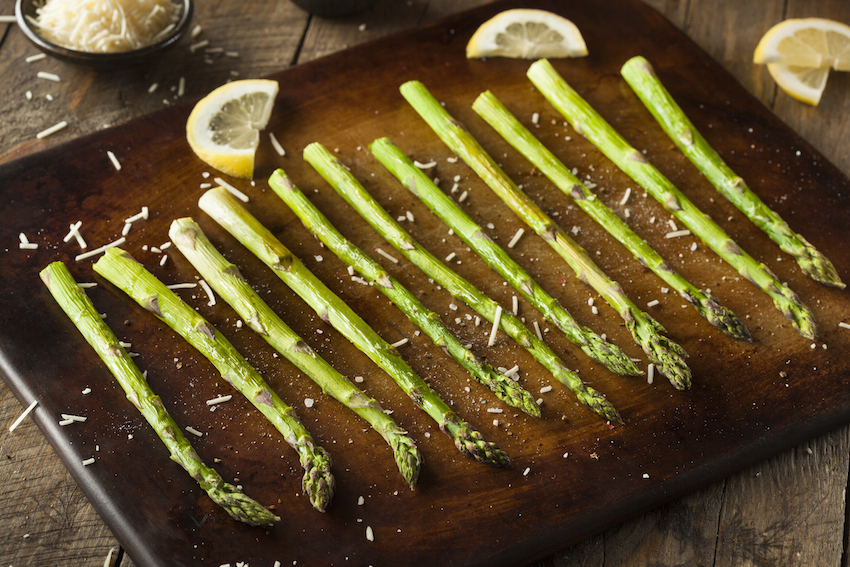Induction cookware and method of cooking has
been around for many years; however it is in recent times that people are
coming to grips with the hob type. Induction cooking holds many benefits which
offer a better level of control when it comes to cooking as well as being safer
and more efficient.
Gas and electric cookers heat pans by using their
heated elements on the surface of their hobs. Induction cooking although has
changed the way we think about cooking our food especially on an everyday basis.
By using an electromagnetic field and ferromagnetic cookware induction cooking
causes the pans to become the primary source of heat. This method holds quickly
adjustable functions which creates evenly cooked dishes. Induction cooking
holds a massive potential within the market which professionals are quickly
coming to realise.
So what exactly is an induction hob and the need
for special induction cookware?
Induction hob units look like a standard flat-top
glass unit but they work in an entirely different way. Induction cooking uses
electricity to produce a magnetic field which causes friction and heat in a
metal vessel. As the special induction pans become the primary heat source the contents
of the pan can be cooked quicker and more evenly. Induction cooking pans must
be made of magnetic or ferrous metal material in order to work in conjunction
with the stove. Pans made from steel, iron and nickel are usually suitable as
long as a magnet will stick to them.
The Benefits of Induction Cooking
- More Responsive with the magnetic technology
- Easy Clean with a flat top
- Safe Cooking with no flames or retained heated top









